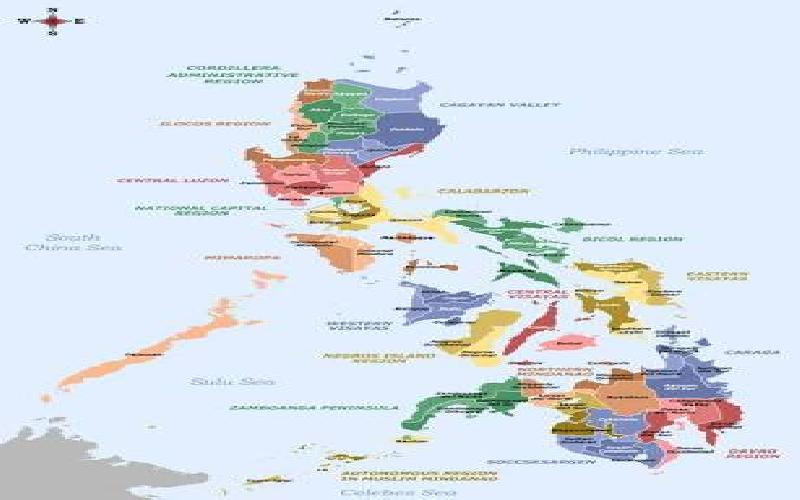Regions of the philippines


As time passes, the Philippines was divided into different regions in order to know the priority and development of each provinces.
Because the Philippines is divided into more than 7,000 islands, the problem in communication and interaction between its citizen is noted. This is also the reason why the people in the different areas has their own way of life, culture, characteristics and behaviours.
Our ancestors were not able to form a one strong country because they were divided into different tribes and were divided by different dialects. Aside from this, the country was invaded by Spain, America and Japan.
The topography of the Philippines becomes a big hindrance in creating a national government and a national language. The country was divided into different small government in the form of barangays which was headed by a datu and a sultanate which were headed by a sultan.
On 1971, the different regions of the Philippines were group together in order to ease the governance and able to develop the whole country. The methods of dividing the regions are based on its location, culture, livelihood orientation, and mode of politics.
The government should be able to give priority on the development of the rural areas and the far-away provinces in the country. They needed the following in order to achieve development:
Today, the Philippines was divided into 3 major regions (Luzon, Visayas and Mindanao) and 17 regions which are as follows:
National Capital Region (NCR) - Metro Manila
Cordillera Administrative Region (CAR) - Baguio City ;Abra ; Apayao; Benguet; Ifugao; Kalinga; Mountain Province
Ilocos Region (Region I) - San Fernando City; Ilocos Norte; Ilocos Sur; La Union; Pangasinan
Cagayan Valley (Region II) -Tuguegarao City; Batanes; Cagayan; Isabela; Nueva Vizcaya; Quirino
Central Luzon(Region III) - San Fernando City; Aurora; Bataan; Bulacan; Nueva Ecija; Pampanga; Tarlac; Zambales
CALABARZON (Region IV-A) - Calamba City; Batangas; Cavite; Laguna; Quezon; Rizal
MIMAROPA (Region IV-B) - Calapan City; Marinduque; Occidental Mindoro; Oriental Mindoro; Palawan; Romblon
Bicol Region (Region V) - Legazpi City; Albay; Camarines Norte; Camarines Sur; Catanduanes; Masbate; Sorsogon
Western Visayas (Region VI)- Iloilo City; Aklan; Antique; Capiz; Guimaras; Iloilo; Negros Occidental
Central Visayas (Region VII) - Cebu City; Bohol; Cebu; Negros Oriental; Siquijor
Eastern Visayas (Region VIII) - Tacloban City; Biliran; Eastern Samar; Leyte; Northern Samar;
Samar; Southern Leyte
Kolkata has lot of spectacular places to see. If you are visitng Kolkata on a tight schedule and do not have much time to explore the whole city, here are the best places that you must visit in Kolkata.
The article speaks about the significance of Chapra Shashti in the lives of Hindus in different part of the world. It is celebrated on the 6th day of the month, on the waxing phase of the moon..
Philippines is very strategically located archipelago country. As such it comes with its own set of geographical advantages and disadvantages.